| I've had an interest in linen (100% flax linen that is) lately...partly sparked after reading a book by Melanie Ellison, and then checking out her home-based business http://www.lifegivinglinen.com/about-us.html Melanie's business is purely sewing and selling linen manchester (including linen sanitary pads and cloth toilet paper) and clothing. She talks about the health benefits of wearing, using and sleeping in real linen. This makes sense to me, as linen was such a popular biblical fabric, and there had to be a reason for it. But linen being costly, and me being in a completely different continent to Melanie, I decided against ordering through her business as postage etc are a bit excessive. So what to do next? I started scanning gumtree for linen and found someone selling a vintage, unused, Irish Linen double sheet for $5. It still had the old sticker on it to state it was pure Irish Linen. More recently I found someone selling 30m of natural linen for a bargain...so scooped that up too. But it had no label to identify it's purity. And neither did the linen remnant I found at an op shop today. So how do you find out whether it's really linen or not? Well it turns out (maybe you already know this) that there are several simple tests for identifying linen...and other fabrics. First you need to be willing to sacrifice a small scrap of the fabric. Next, you'll need one or more of these...oil, water, ink, flame, cotton fabric scrap. Test 1: Drop a drop or so of water on the fabric. If it absorbs quickly and evenly, it's probably linen. If it's cotton the water will sit on the surface for a moment and then absorb. Test 2: Drop a drop of ink on the surface of the fabric. If it spreads rapidly and evenly, it's linen. If there's cotton there it will spread unevenly. Test 3: Drop a drop or so of oil on the fabric. If the spot appears transparent when held up to the light, it's linen. Test 4: Unravel a thread and take a look. If it's linen the thread will be longer and have luster compared to cotton. Test 5: You need some fabric you know is cotton for comparison, but take your scraps of each linen and cotton and watch them burn carefully. Linen burns slightly slower than cotton. So there you go! I was pleased to find the fabric I bought is in fact real linen. If you give this a go, let us know what you found! |
|
0 Comments
In case you missed it, Margy was last weeks guest podcast subject at slowyourhome.com
Here's the link: http://slowyourhome.com/97/ For all you gardeners out there...
My husband Rick has been fascinated lately by soil nutrition and other areas that help grow healthy, strong crops. We're in the early stages of building our own organic market garden, Birdsong. So we want to do all we can to make these plants crops thrive. Among the many books Rick has been researching, is Secrets of the Soil, by Peter Tompkins and Christopher Bird. The whole book is dedicated to nontraditional and innovative methods of saving our planet from self-destruction...from the ground up. I wanted to share a little of the Sonic Bloom concept with you. It really struck a chord with me and I think makes perfect sense. "Plants, says Steiner, can only be understood when considered in connection with all that is circling, weaving and living around them" Secrets of the Soil p129 Likely you have heard about the beautiful effects of classical music played to plants and how it positively impacts their growth? And rock music causes plants to die. Well sonic bloom is pretty much where that stems from. In an ideal environment, there is diversity, and there are birds. First thing in the morning what do those birds do? We hear it as we wake each morning...they sing. This morning I went outside at dawn to listen in more closely. It was lovely, and from in the garden I could clearly hear a huge variety of different bird songs. But did you ever think that those morning bird songs were actually causing the neighbouring plants to thrive? And that the relatively short burst of song is all that is needed? Like in homeopathy, too much has the opposite effect. Just those minutes of song each morning are enough for the plants. Like a refreshing shower of song. In the USA there have been many reports of the benefits of playing certain frequencies over loud speakers to crops. But sound is half the equation. The other component is spraying the crops with an organic fertiliser about once a fortnight, during the birdsong or music playing. It might sound like madness, but the stomas on the leaves actually open and receive the nutrients very efficiently while the frequency of the birdsong or music is active. Often if you're a crafter or fan of making your own preserves or growing your own vegies, you'll end up making or growing far more than you can use. What do you do with all the surplus? One option that we've come up with among the local homeschool community is to have our own markets. This both gives an outlet for those who are producing something to find customers for their goods, and it encourages children and families to work together, get motivated and creative and produce something for sale...and then get to plan out how they will set it out, how they will interact with their customers and also they get to practice their maths/money skills with taking payment and giving out change. Plus the children/families get to work out how to spend their income. Last year our children earned enough to buy a bicycle each from a local retiree who restores old bikes...so they got what they wanted and had also blessed another DIYer by buying his goods. This year our markets will take place on Saturday October 15th from 8am-1pm at 13-15 Blake St (Range Christian Fellowship, on the vacant block next door to the church).
There will be various items homemade, homegrown and other cottage industries...and a cafe! Last year it turned out to be a very social event, with participants mingling for hours. So this year we're trying to accommodate the socialising with somewhere to sit (in the shade!) and chat over a cuppa and cake....or sausage sandwich. I will also mention that the lovely mum running the cafe is gluten free, so will have food catering to those with allergies. We have also opened the stall holding opportunity up to the Simple Living community this year, the more the merrier! Holding a stall costs just $5 (to help cover advertising). Anyone interested just needs to contact me (Racheal Cameron) via the contact form on this website and I can reserve you a place at the markets. Stallholders need to bring their own shade and float, and preferably their own table/chairs as there are only limited tables and chairs at the venue. If holding a stall is not your thing, please come and check the markets out on Saturday 15th October, and we'd love it if people would mention the markets on their blogs and social media to help spread the word. Hope to see you there! Op-shopping is so much fun. Getting a bargain, never knowing what you'll find, supporting charity and participating in the recycling of pre-loved goods. All principals that fit with the Simply Living lifestyle.
Coming out of Sauce, on Station St one day this week I spotted a new one 'Collectables Boutique Op Shop.' So little Archie and I went in to check it out. Before long Jane, the lady in charge came out and explained to me the purpose behind this op shop. She's part of Yellowbridge Qld, a not-for-profit organisation offering training, housing and disability support to people with disabilities. Collectables was created with the desire to provide jobs and purpose for these people. Jane is passionate about helping create a life for people with disabilities, so that they can live like everyone else. They like to have a job and earn money for themselves just like anyone else. At the moment the store is new and not able to pay the staff, but down the track they hope to have paid positions. On the counter was a lovely young lady with down's syndrome. She looked delighted to be in her position at the counter and as soon as I'd made my selection she was there ready to serve, her face beaming. It was really special to see how fulfilled she looked with this opportunity that had been given to her. For others, serving in the store may not be their forte, but craftsmanship is. There's a men's group teaching woodworking skills to those who are interested, and their creations are also for sale in the store. I was impressed with the quality of the timber stools they'd made! Just as impressive was the style and layout of the store. Someone's got the knack for decorating! It really was a little boutique, with everything set out tastefully and beautifully. Prices on the stock were very reasonable too, which you don't normally find when the store is labelled a 'boutique.' Collectables are specialising in kitchen/gift/vintage type items, but will also take furniture donations which they post on their facebook page https://www.facebook.com/YBcollectables/?ref=py_c Those of you who have been to a Simple Living workshop before have probably walked in the door to see a table arrayed with a variety of goodies homegrown and homemade. This is the swap table. It's always mentioned on the workshop info email and this website whether or not we'll be having a swap before the class starts, but for those who are a little unsure what it's all about or what the process is, this post is for you.
The idea is you bring up to 5 items that you have made or grown at home. Maybe your chooks are laying surplus to your needs and you have eggs to contribute. Maybe you handcraft greeting cards. Maybe you have a veg plot with an abundance of produce. Or a fruit tree with more fruit than you know what to do with. There are so many options. You bring up to 5 of these items from home, lay them on the table, and then when everyone has their items on the table you can select items others have brought for yourself. If you brought 4 items, you can take 4 items etc. We've had homegrown plants, produce, eggs, fruit, homemade lipbalms, soaps, bookmarks, candlewicking, health and beauty products, baking, knitting, crochet, sewing and so much more. I will say however that the items we bring are generally worth under $5 a piece. You wouldn't bring a quilt you'd spent hours on to swap for a bag of mandarines for example...unless you're feeling especially generous! Our August workshop has just been and gone. Karen did a lovely job of introducing us to the art of crafting mead (honey wine) and Perry (pear cider). We even got to taste test a beautiful festive style mead (hints of clove, orange and cinnamon I think) crafted by one of the Toowoomba Homebrew Supplies staff.
Michele at goinggreyandslightlygreen has already posted a complete blog on this, so rather than me repeating the process, here's the link to her post... https://goinggreyandslightlygreen.blogspot.com.au/2016/08/simple-living-toowoomba-mead-and-perry.html
|
AuthorHi, my name is Racheal and I write the blog for Simple Living Toowoomba. Thanks for joining us on this journey to living a simpler life and encouraging others to do the same. Archives
May 2022
Categories
All
|
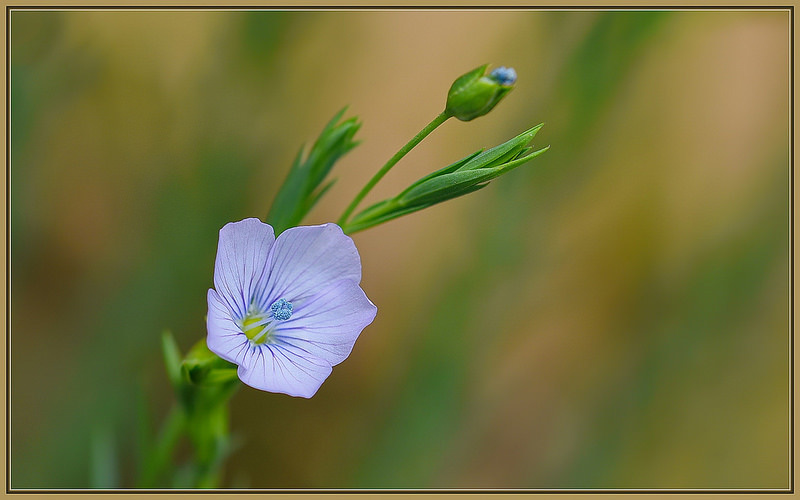

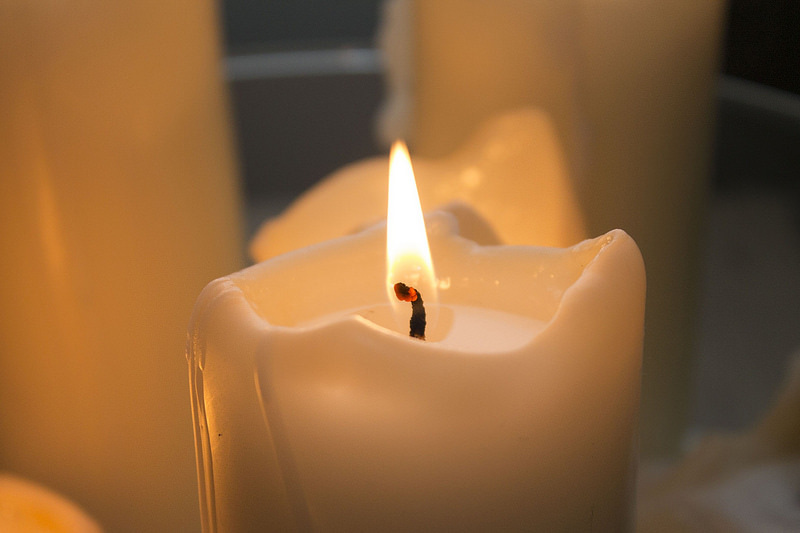
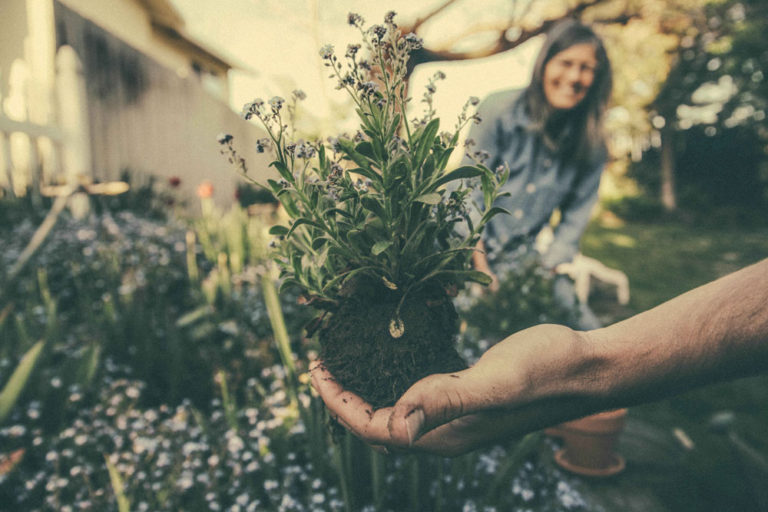
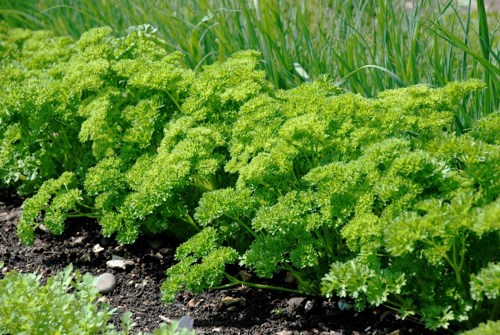
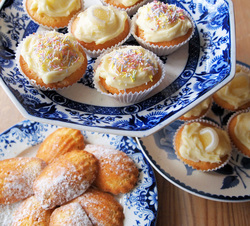
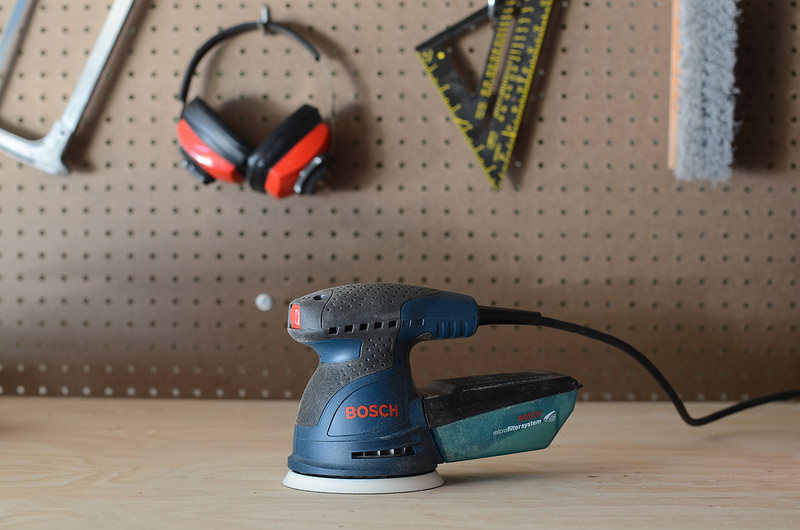
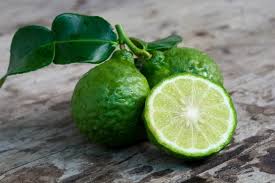
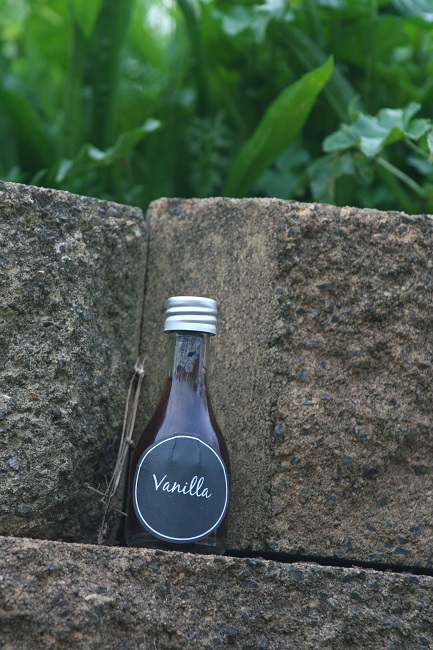
 RSS Feed
RSS Feed
